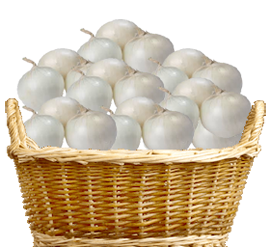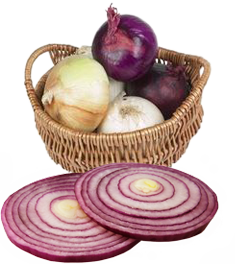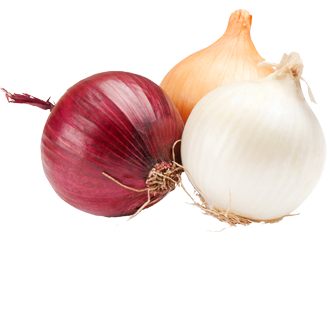Onions are the third most consumed fresh vegetable in the Unites States and available in grocery stores all year long. Ranging in size from less than one-inch in diameter to over 4.5 inches in diameter, bulb onions can be yellow, red, or white in color.
How to Select Onion :
Dry bulb onions should be firm for their size and have little to no scent. Avoid bulbs with any cuts, bruises, or blemishes. When purchasing whole peeled onions, select ones with an outside layer that does not show signs of being dehydrated. Fresh-cut onions should be purchased before the expiration date.
How to Cut Onion :
With a few simple tips, and a little practice, these techniques for cutting an onion will save time, tears, and uneven cooking.
How to Prepare Onion :
A staple in the kitchen, onions can be prepared in a number of ways and can be found in almost every cuisine. Aside from the many ways onions are used raw, these are the four most common methods found in recipes: saute, caramelize, grill, and roast.
How to Store Onion :
Whole dry bulb onions should be kept in a cool, dry, dark place with plenty of air movement. Do not store onions in plastic! Lack of ventilation will reduce their storage life. Refrigeration is only necessary when trying to extend the shelf life of sweet or mild onion varieties with high water content, but be sure to use a low humidity setting, they must be kept dry. Whole peeled onions should be refrigerated after purchasing. Cut onions can be stored in a sealed container for up to 7 days. If you buy pre-cut onions, always keep refrigerated and use before the expiration date.





 +91 94284 94707
+91 94284 94707

